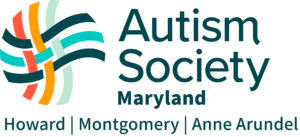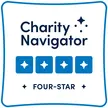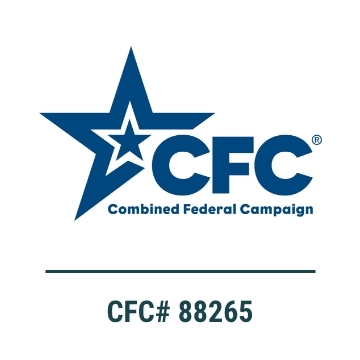It’s spring and it’s the magical time of year when many of us have IEP meetings. Even if an annual IEP isn’t scheduled, many times there are spring meetings to plan for the next school year. Most of us focus on the IEP goals and objectives at these meetings, but what about all those other sections? Are they as important?
YES! As parents, you should get a draft IEP (and any supporting documents) home five days before an IEP meeting. Use that time to review not only the goals and objectives, but the other sections of the IEP as well. Before you even get to the goals and objectives section, you pass two important sections, “Present Level of Academic Achievement and Functional Performance,” and “Special Considerations and Accommodations.” These two sections contain valuable information about your child. We often skim over these areas. Don’t overlook the value of these sections!
Present Level of Academic Achievement and Functional Performance
The Present Level of Academic Achievement and Functional Performance is a statement that gives clear, objective information about your child’s abilities. It should include information about academic progress, social skills, study skills, etc. Successful teaching strategies for your child should be evident from the Present Level of Academic Achievement and Functional Performance statement.
A great thing for parents to do is write your own “Present Level of Achievement” document. Describe how you see your child at home. How does he learn new things at home? Does she socialize? What activities is he involved with outside of school? How does he react to change in schedule at home? This exercise helps you focus on an overall picture of your child. You’ll be in a better position to talk about your child’s learning styles and needs. Does your document on achievement match the school’s? If it does, great, you’re on the same page. If not, it could be that your child acts very differently at home than school. That’s ok, but it is worth talking about. Are there different expectations? Do you implement different behavior plans or rewards? Is one more effective than another? These are great conversations to have with your team.
Special Considerations and Accommodations
The next important section is the Special Considerations and Accommodations (supplementary aides and services). It follows that if you describe your child well in the Present Levels section, then you need to talk about what accommodations your child needs as a result of that description. This section details what accommodations and what modifications to materials, curriculum, and standardized testing are necessary. A discussion of communication and assistive technology (AT) is required. Any student with an IEP may benefit from supplementary aides and services. This section, though critical, is often overlooked and can be the difference between participating in general education versus a more restrictive environment.
But how does a parent know what accommodations are available for his or her child? It’s one thing to say “whatever a student needs,” but what does that really mean? Are there things that would benefit your child that you are not aware of it? We think of the usual-preferential seating and extra test time, but there may be others. It’s helpful to read through the accommodations manual available from the Maryland State Department of Education website. (visit the Accommodations and Modifications section!)
Keep in mind that you don’t just pile on accommodations for the sake of accommodations. They should be based on current needs and data. More is not always a good thing. This happens frequently during a change in schools, especially elementary to middle, and middle to high. There is a tendency to pile on the accommodations to help make things smooth. Be sure to keep the accommodations age appropriate—no more Elmo picture schedules on the desk in middle school. A picture schedule using sports teams taped inside an agenda book is more appropriate to use.
None of this means goals and objectives are not important. They are. They should be measurable, achievable in one year, and based on grade level curriculum. But just like with accommodations, more isn’t always better. A team can only work on so many objectives at a time. You can always add objectives or goals later if they the current ones are met.
Written by Parents for Parents for the Autism Society of Maryland



























